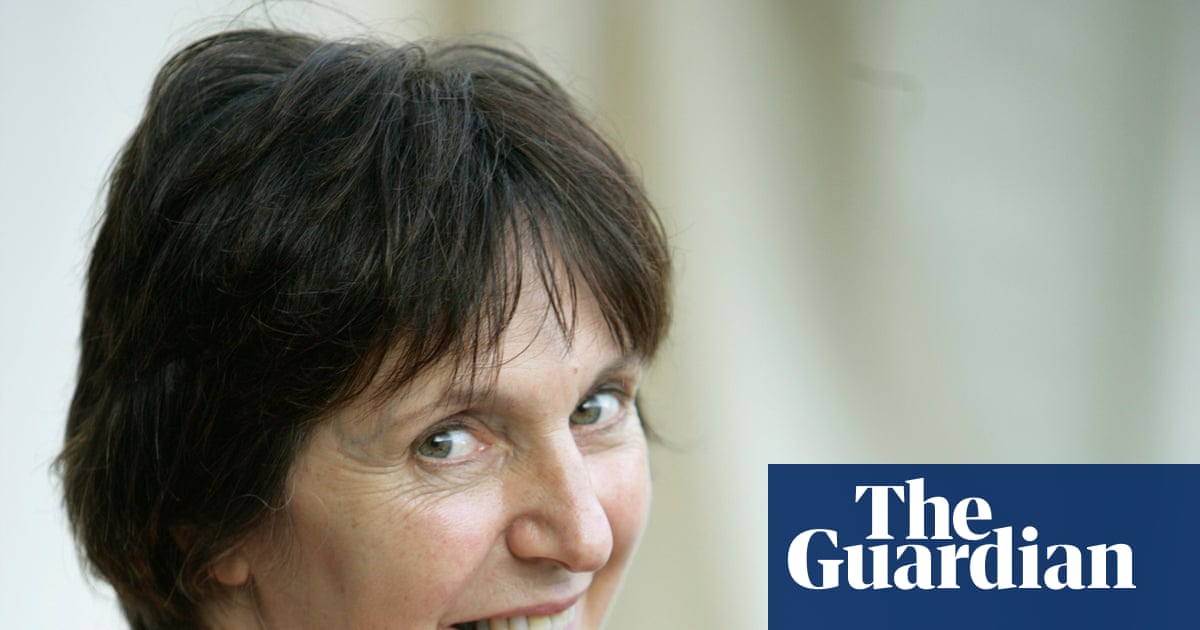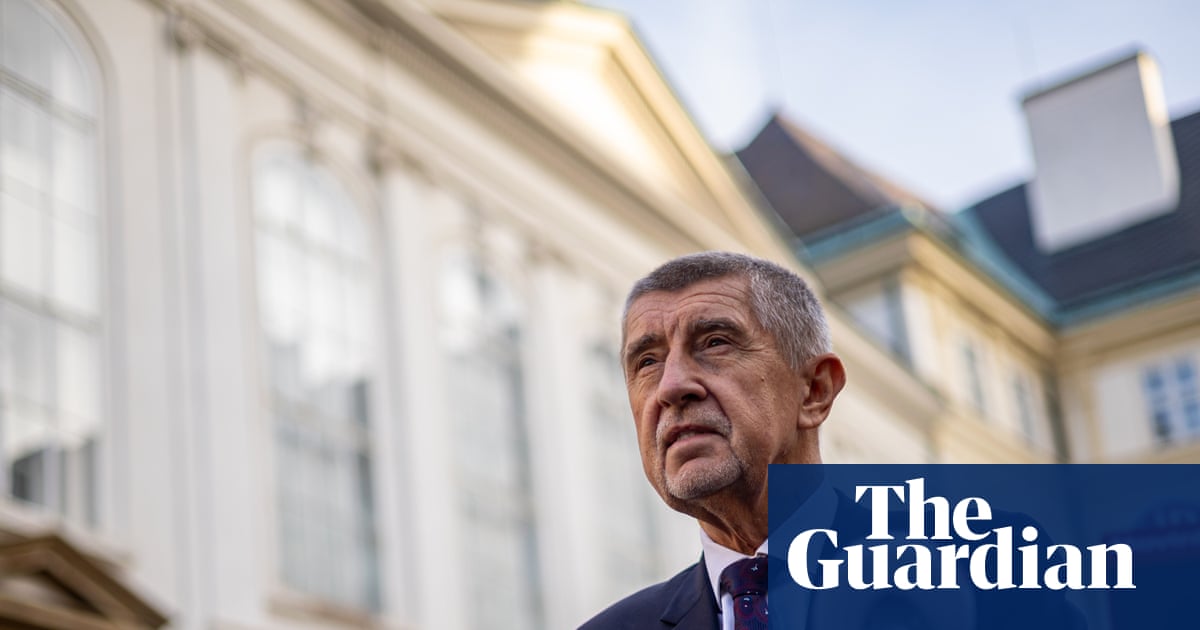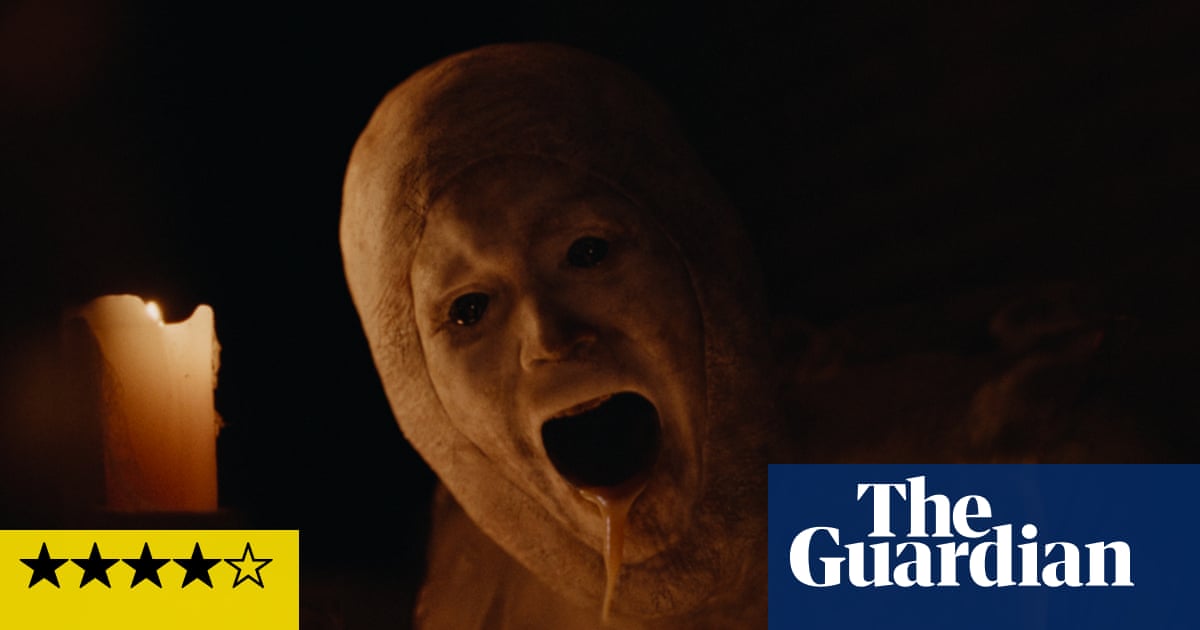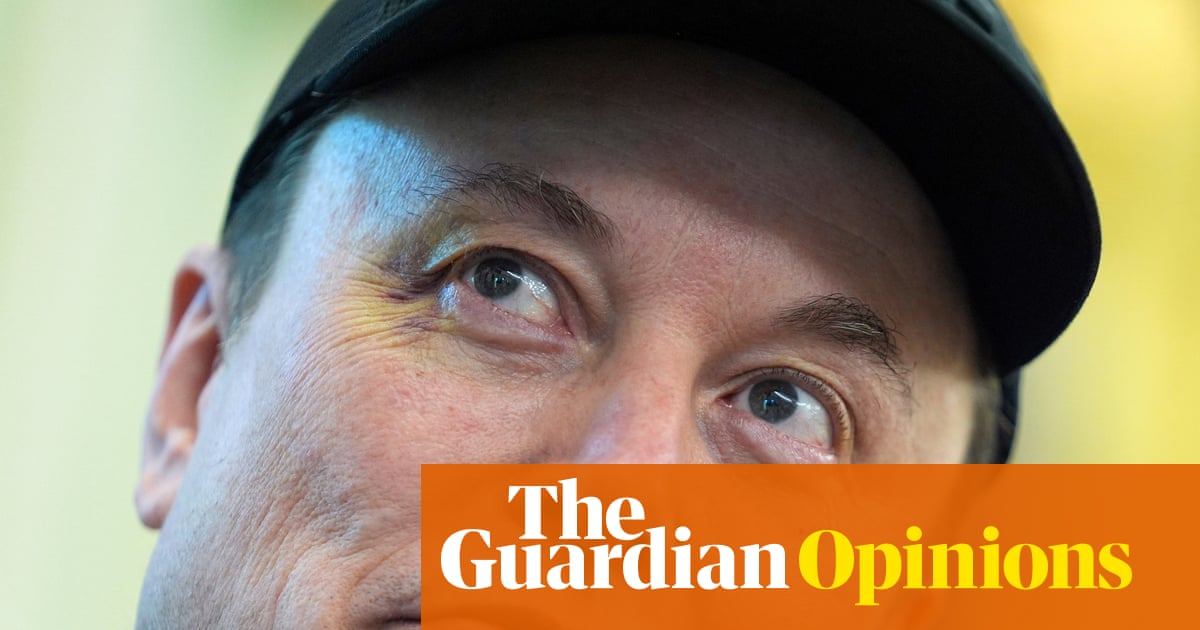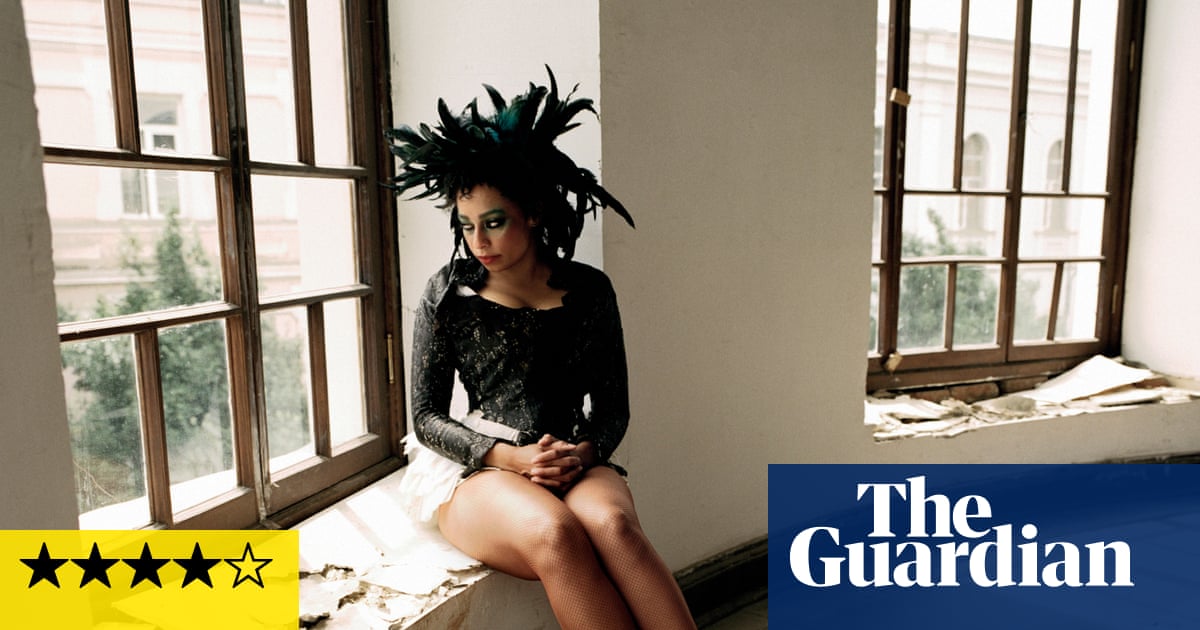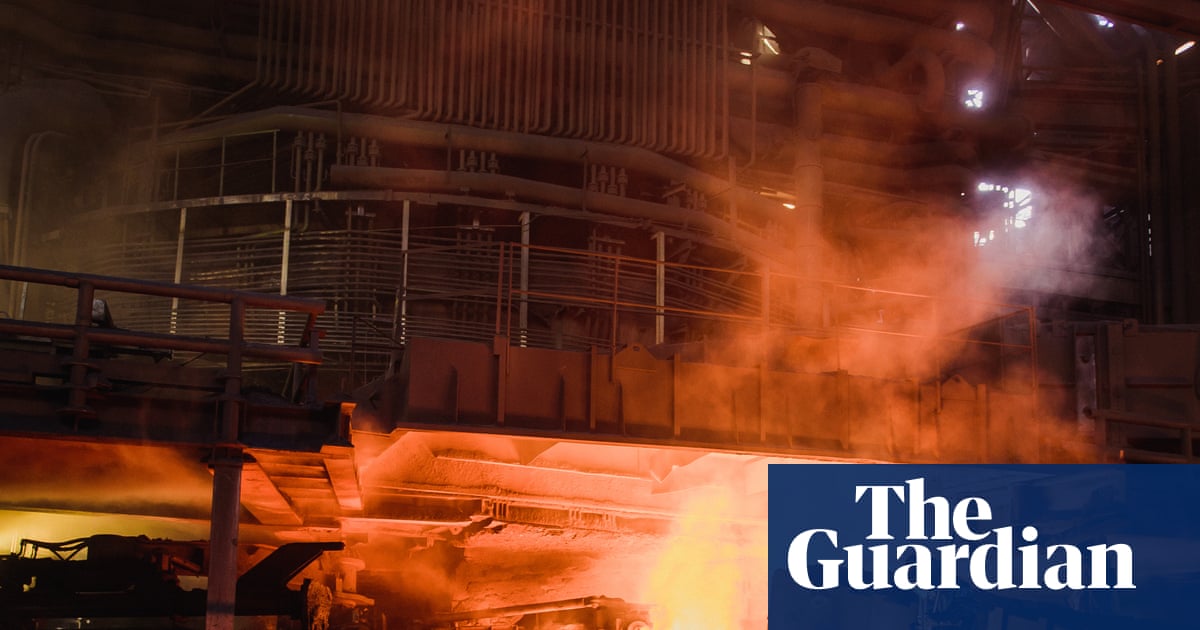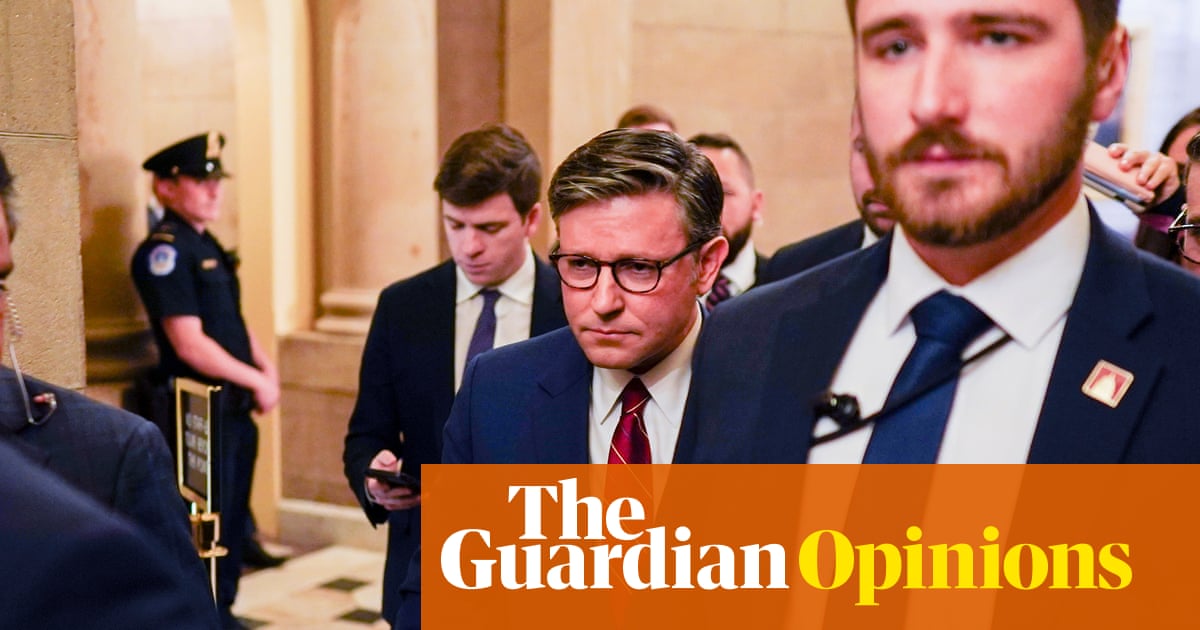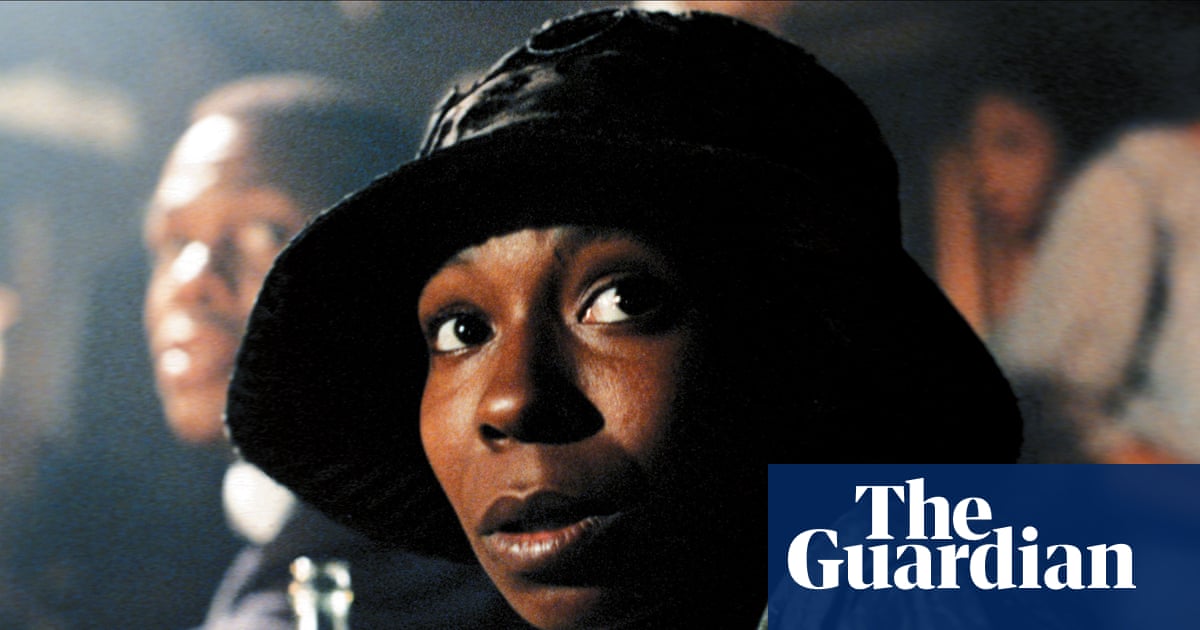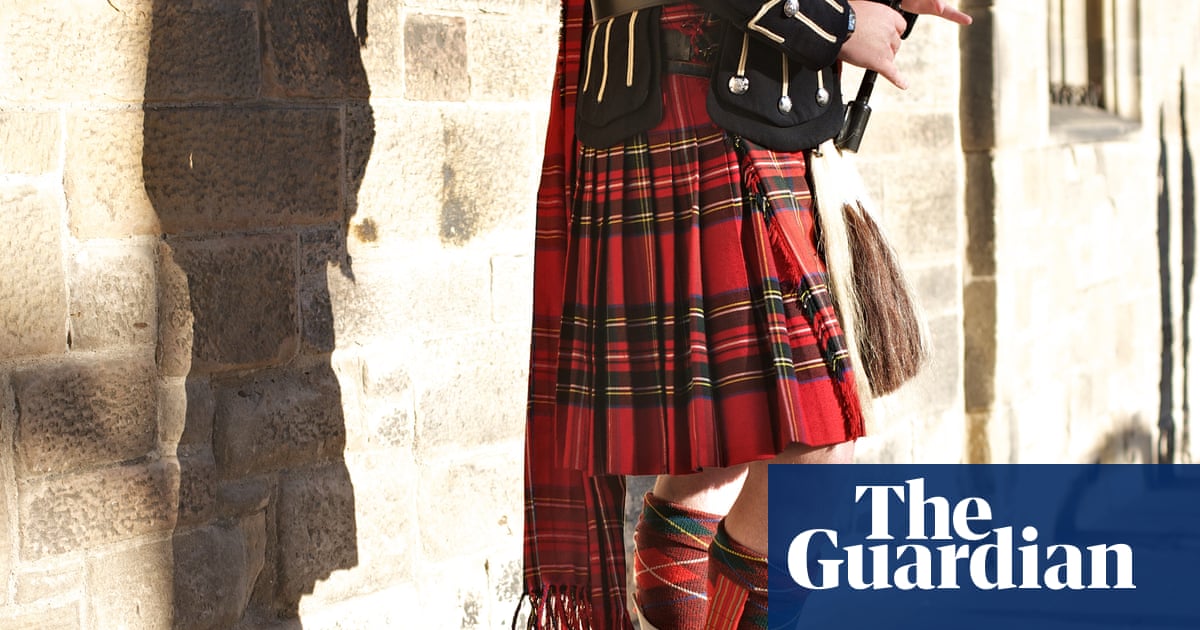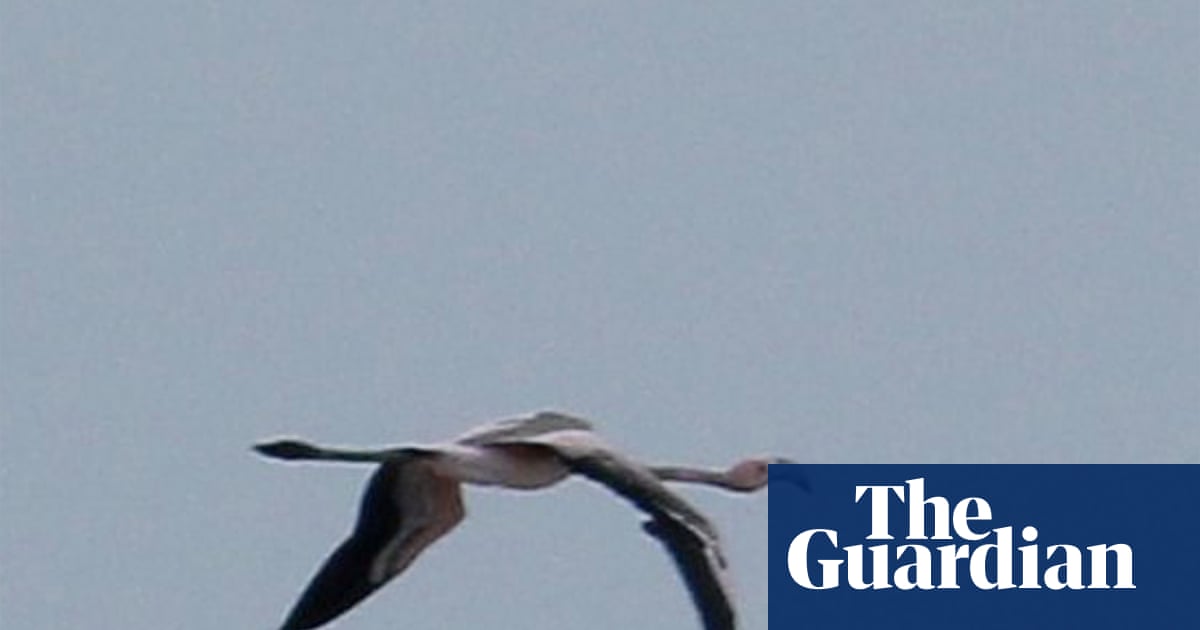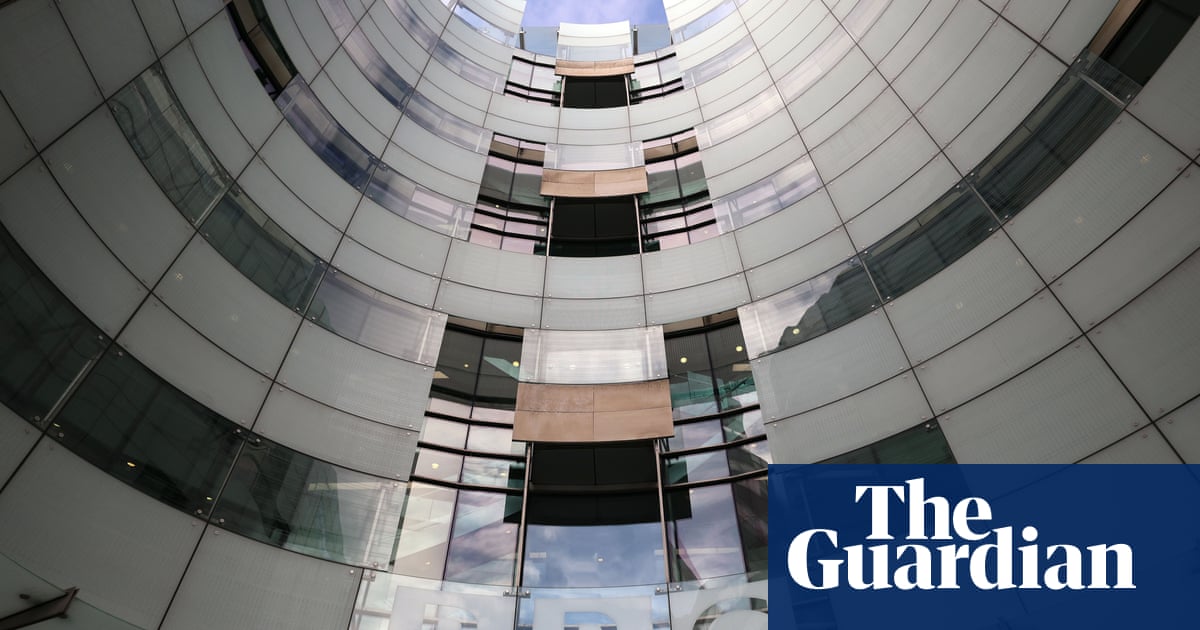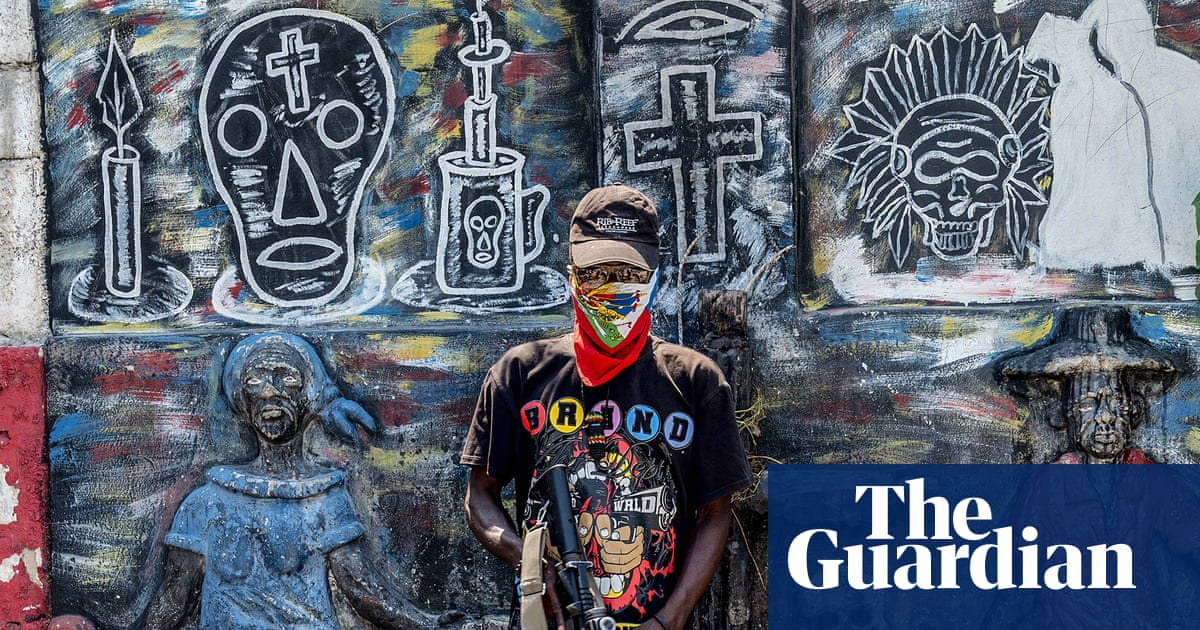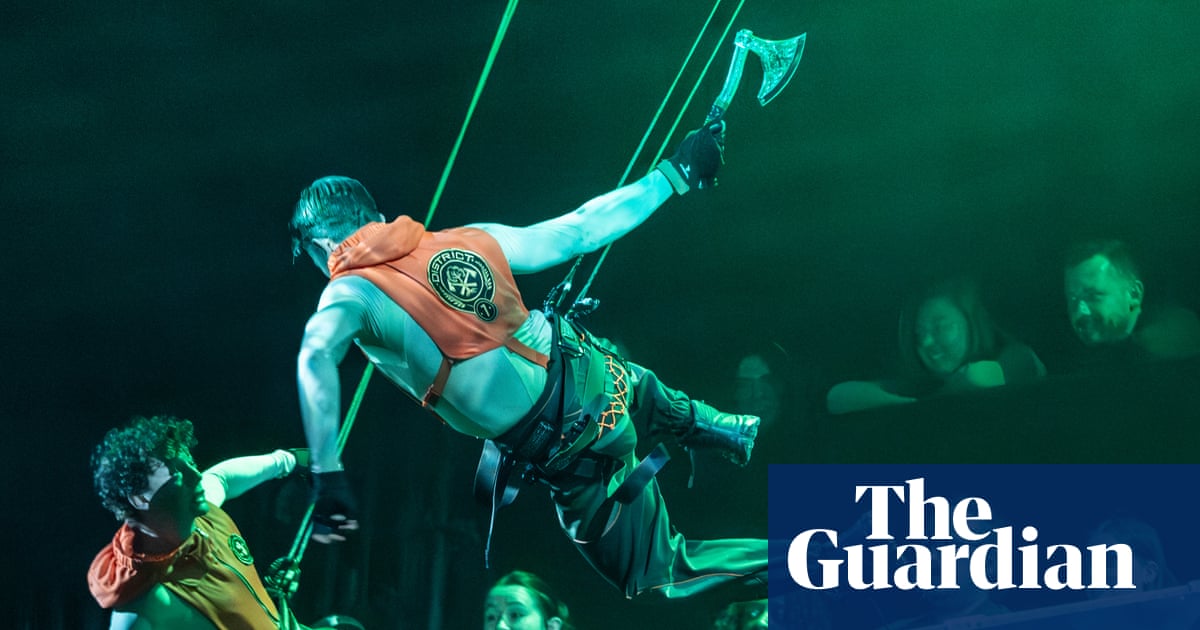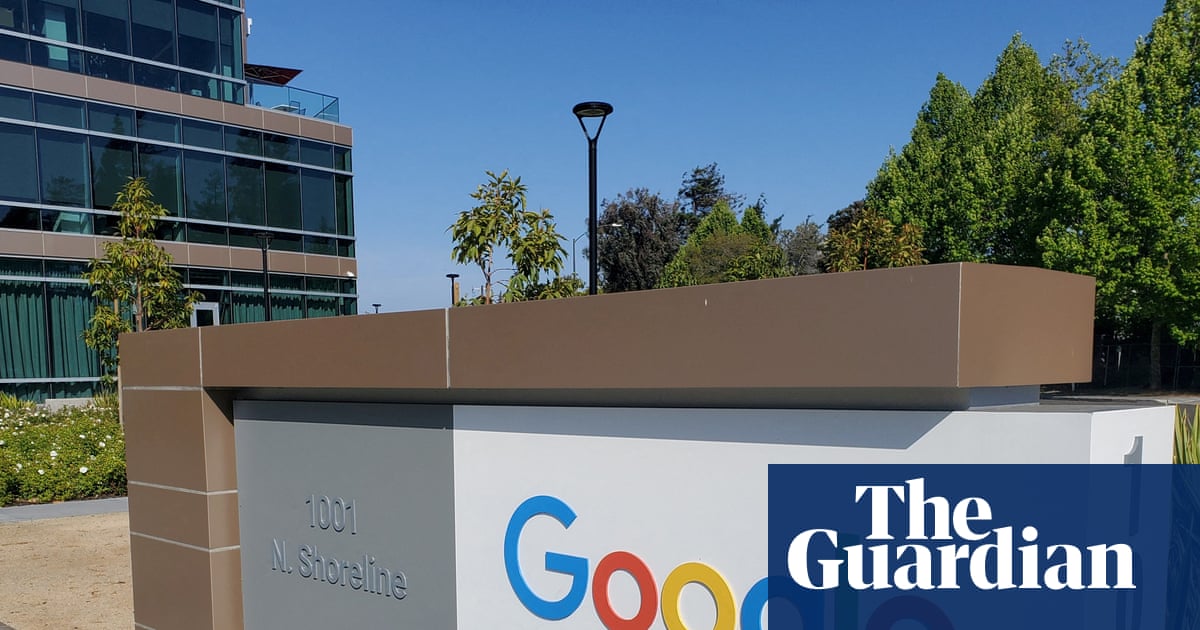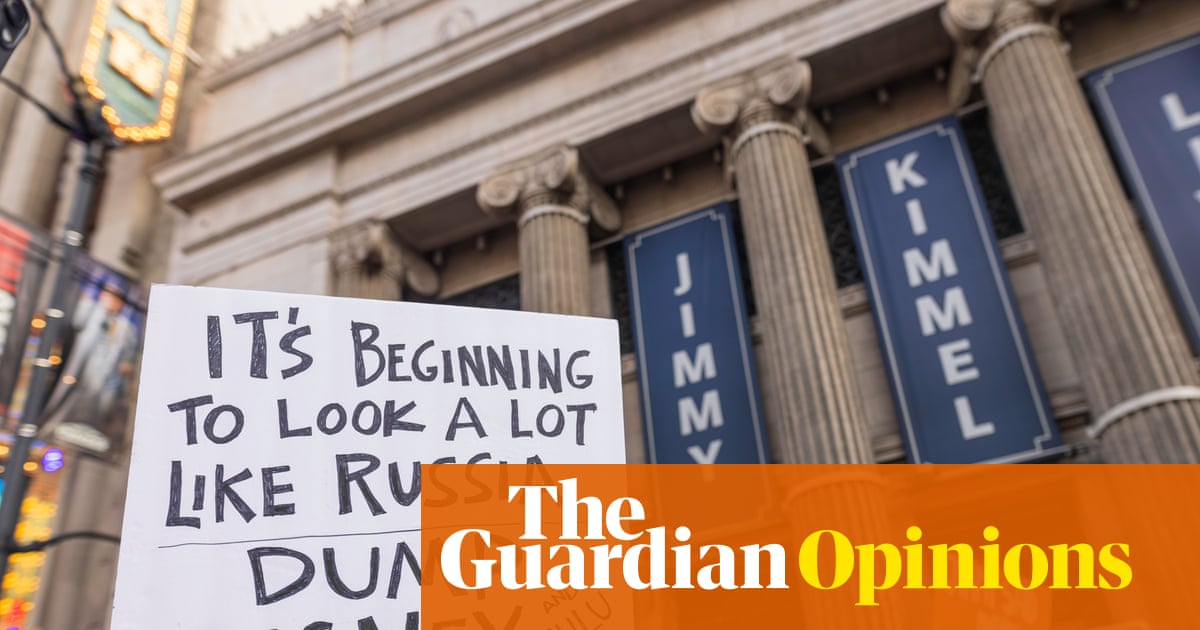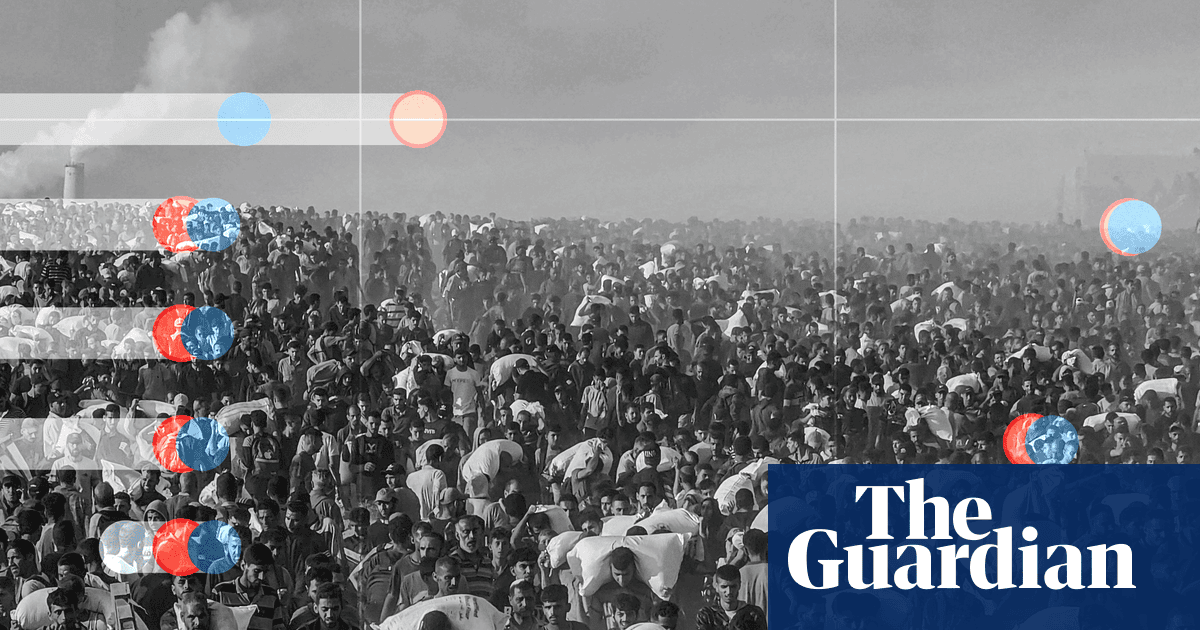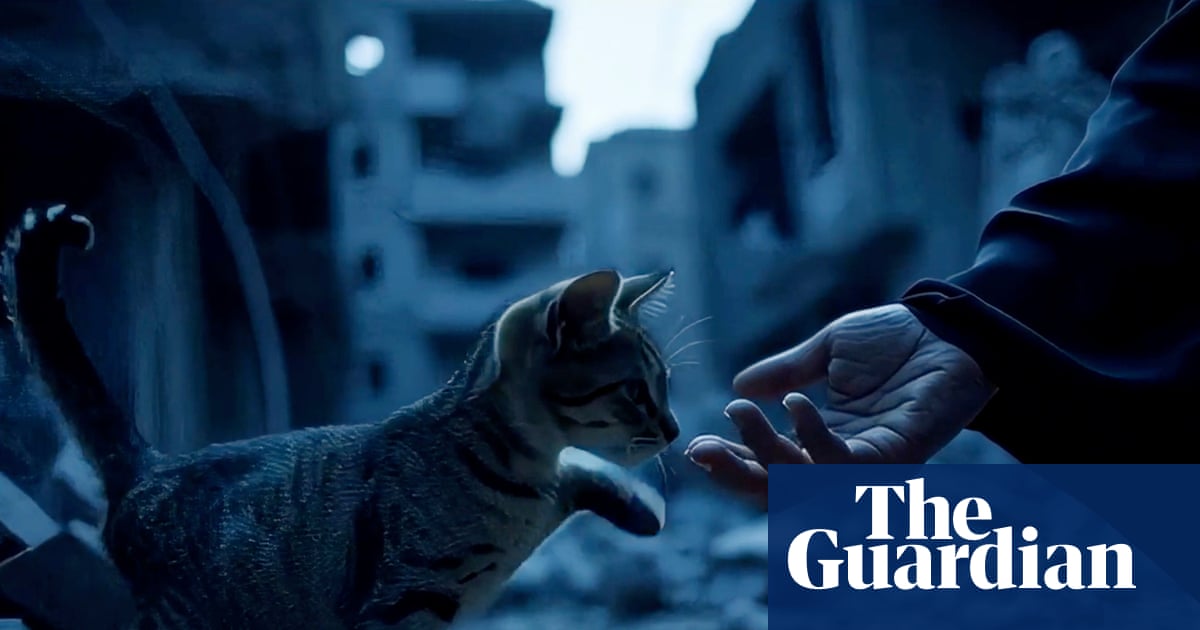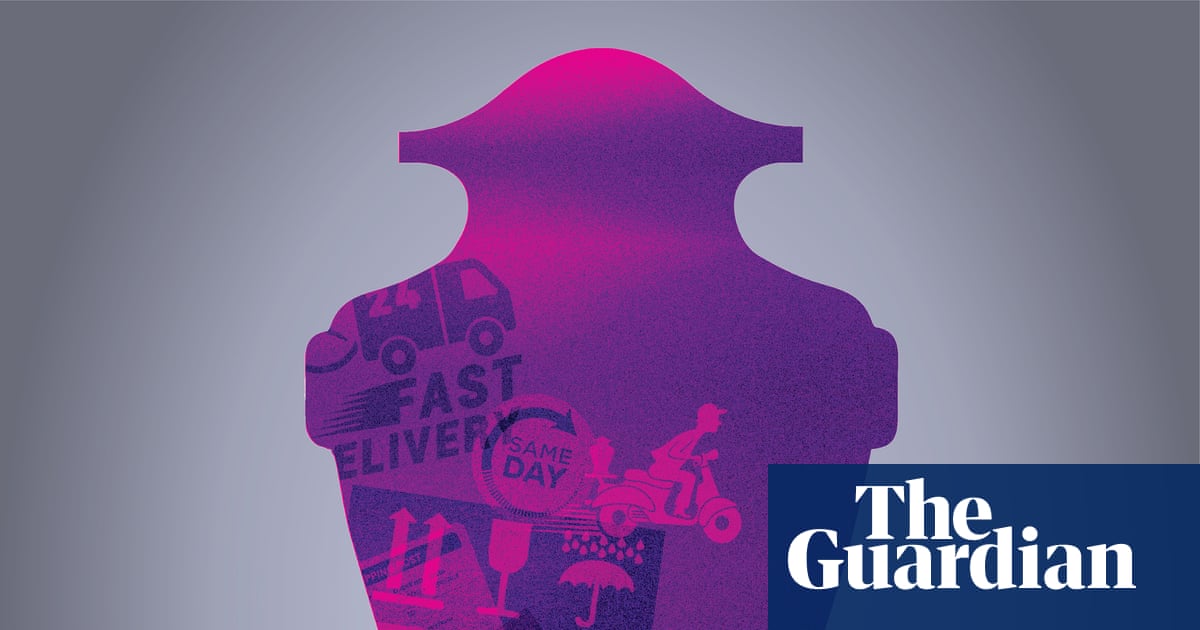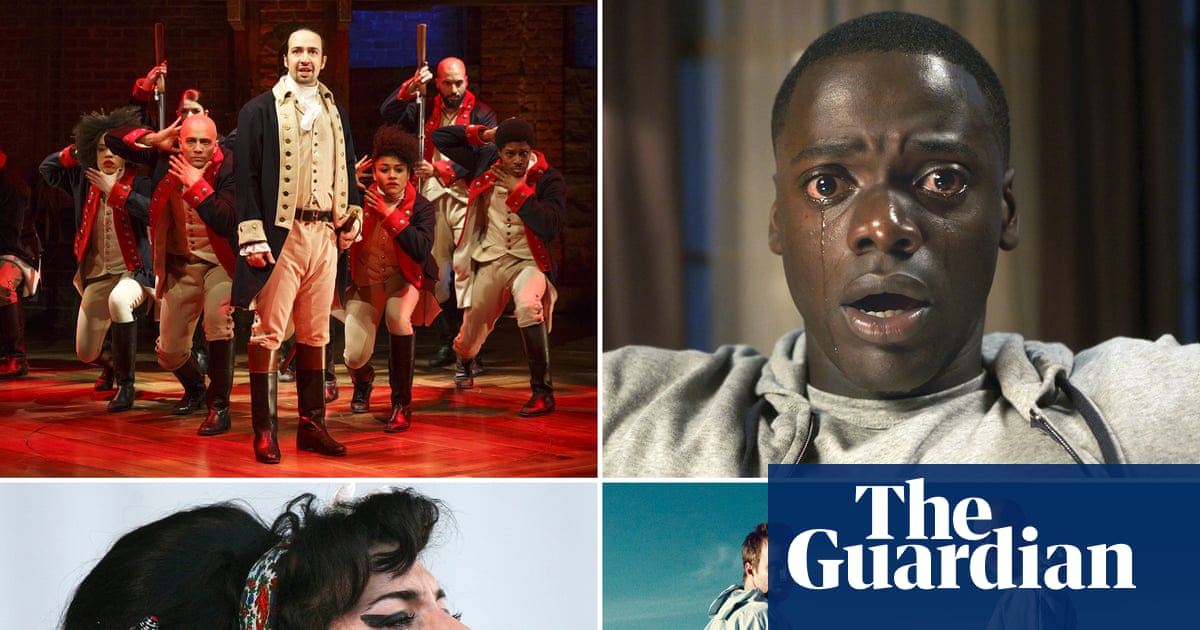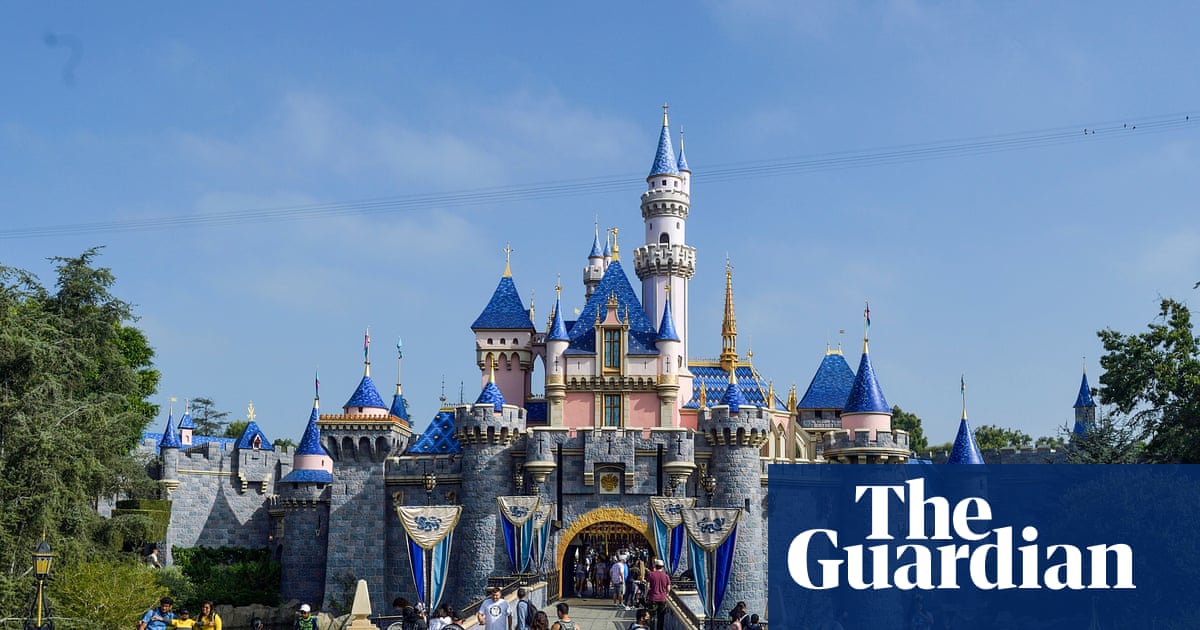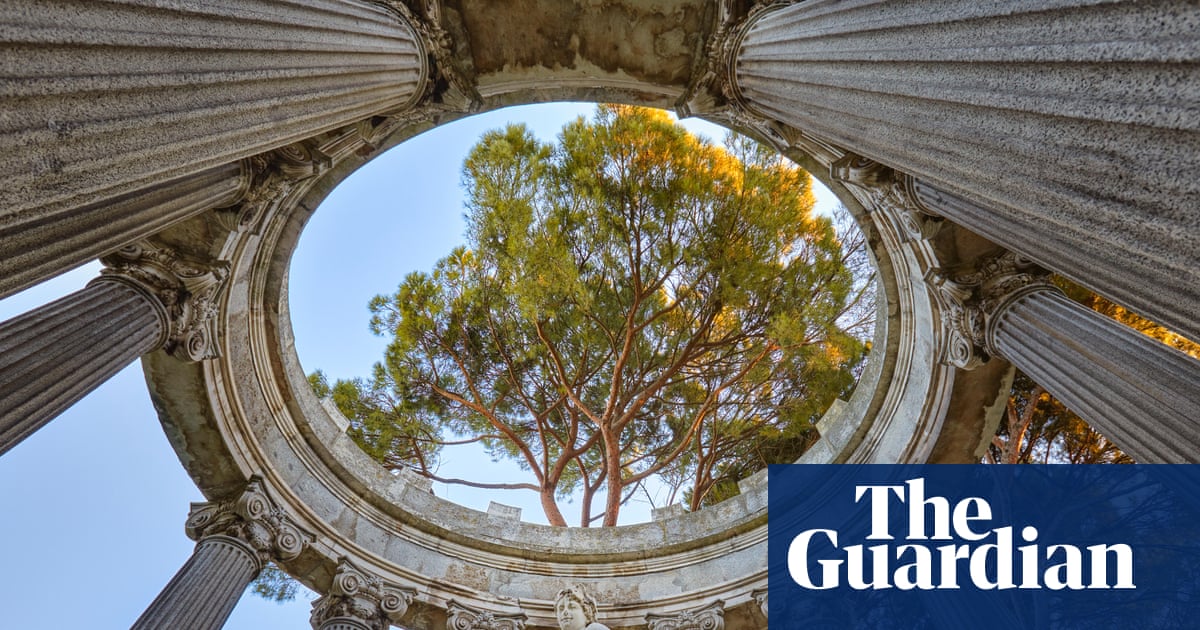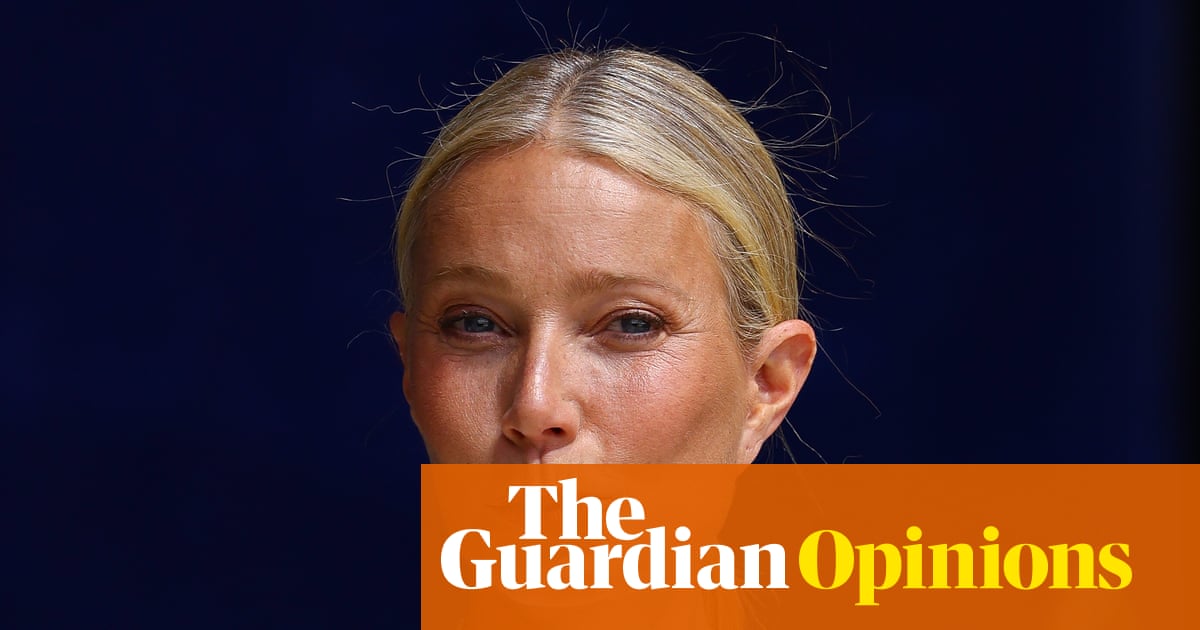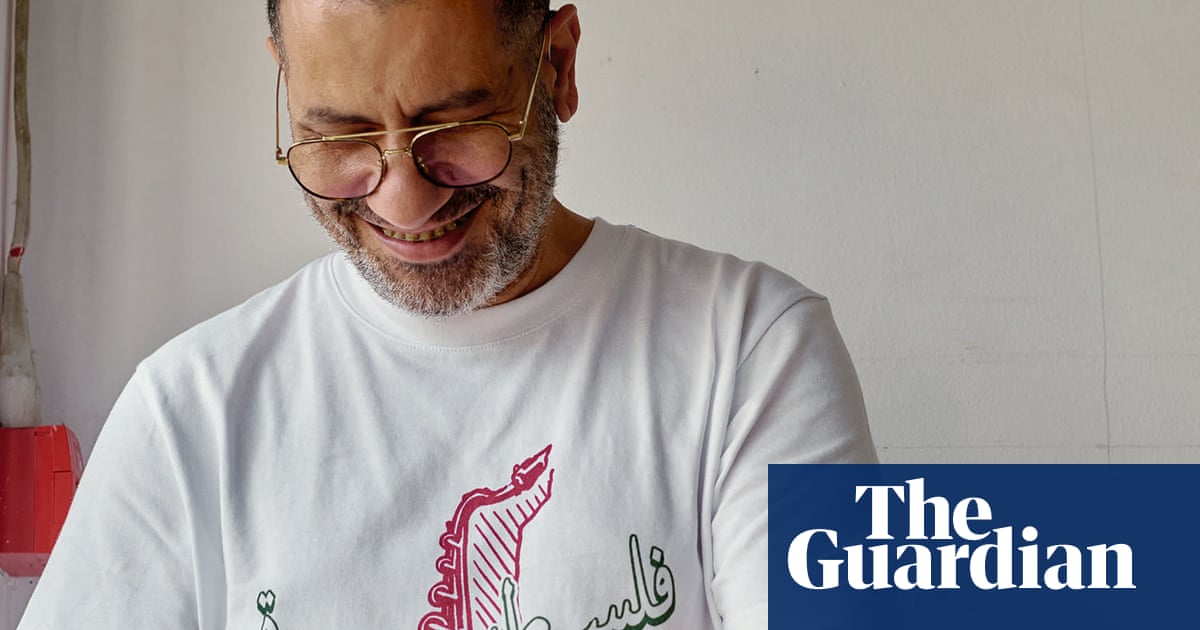Abu Mohammed still remembers the smell. It usually came at dawn, as the mosques sounded the first call to prayer. By the time he sat down for breakfast, it would fill the air around his home in Tadamon, a working-class district in the south-east of Damascus. The smell was hard to define. Whenever he noticed it, Abu Mohammed felt on edge. He had his suspicions about what it might be, but like so many Syrians who lived under the dictatorship of Bashar al-Assad, he knew to keep such thoughts to himself.
Abu Mohammed, a retired engineer who asked to be identified only by his nickname, first noticed the smell in the winter of 2012, nearly two years after the start of the uprising against Assad. At the time, he was living in a modest flat in the heart of Tadamon with his wife and their five children. The house stood just off a busy road named Daboul Street. Before the fighting started, Abu Mohammed enjoyed sitting on his balcony after work, sipping his tea as he watched the yellow minicabs and honking motorbikes compete for space in the streets below.
But by the time the smell became noticeable, these streets were largely deserted. The Assad regime had rolled out a network of checkpoints across the neighbourhood in an attempt to quell protests after the 2011 uprising. Hiding behind a curtain so he wouldn’t be seen, Abu Mohammed watched soldiers patrolling the streets. He also noticed white minibuses driving up and down Daboul Street. Whenever the minibuses passed by, he would hear gunfire later that day. Then, overnight, that same smell. One of his daughters, who was in her early teens at the time, remembers it, too. “It smelt like burning hair,” she recalled. “Or like a piece of meat that has been left in a pan until it melts.”
Nearly a decade later, in April 2022, the Guardian published a video that revealed the source of the smell. The footage carried a date tag from April 2013 and was geolocated to Tadamon. It showed two men in military fatigues next to a white minibus. One of the soldiers could be seen pulling a civilian, blindfolded, out of the van and dragging him towards a large pit filled with bodies and car tyres. The other stood by the edge of the pit with an assault rifle. Calmly, he pushed his victim into the pit and executed him as he fell on to the other victims. They did this time after time. When 41 people lay dead, the shooter took a jerrycan of fuel, poured it over the tyres and the bodies, and set the pit on fire with a burning rag attached to a wooden stick.
The footage was part of a collection of videos leaked by a source inside Syria and obtained by two genocide scholars in Amsterdam, Annsar Shahhoud and Uğur Ümit Üngör. The researchers shared a selection of the material with the Guardian and submitted the rest to European war crime prosecutors. In total, the videos document the killing of 288 civilians by Assad’s forces, the academics concluded, including seven women and 12 children.
One of the scholars, Shahhoud, managed to identify the main shooter seen in the video. His name is Amjad Youssef and he served as an officer in Branch 227 of the Assad regime’s military intelligence. Using a fake Facebook account in which she posed as a regime loyalist, Shahhoud sent him a friend request, gained his trust over several phone calls, and lured him into confessing his crimes. When she confronted him with the video, he replied: “I am proud of my deeds.”
As long as Assad was still in power, no one in Tadamon dared to mention the video in public. According to Abu Mohammed, Youssef remained in the neighbourhood after the video was published, as if nothing had happened. “He would just drive up and down the street on his motorbike. No one would say anything.”
But now that the dictator is gone, the people of Tadamon are breaking their silence. As they have begun to share their stories, it is becoming clear that the atrocities in the neighbourhood were far worse than initially reported – and involved many more perpetrators besides Youssef.
Between March and August this year, I visited Tadamon multiple times and spoke with more than 20 residents. Abu Mohammed, a short elderly man with a soft smile, was one of the first people I met. As soon as he noticed me in the street, he grabbed my arm. “I stayed here throughout the war,” he said. “If you want to know what really happened here, follow me.”

We sat in the family living room, and Abu Mohammed’s wife served cardamom coffee and sweets as the father and daughter recalled the moment they first saw the video on social media. “We immediately made the connection,” the daughter said. “This was the gunfire we used to hear, and it explained the smell. We even recognised some of the victims. They were people we saw regularly on the streets.”
The video captures only a fraction of the slaughter Assad’s forces unleashed upon Tadamon, Abu Mohammed said. To him and many other residents I spoke to, the killing of civilians in Tadamon was not a single event. For years, he said, he saw the minibuses drive up and down the street, sometimes as often as two or three times a week. The smell of burning bodies, he and his daughter recalled, kept returning, too, from the very end of 2012 until at least 2015. Random killings and arrests continued long after. Assad’s forces may have killed not hundreds of civilians in Tadamon, but thousands.
Nearly a year after Assad’s fall, the people of Tadamon have seen very little justice for these crimes. While Youssef is widely rumoured to have fled the country, many other perpetrators are still in the neighbourhood. “We don’t feel safe,” an elderly man named Ghassan, who lost his brother in the massacres, told me. “I can walk down the street here and shake someone’s hand, and that same person might be the one who killed my brother.”
Abu Mohammed took me on a tour of the neighbourhood. We started on Daboul Street, which divides the district into two parts. To its west is a labyrinth of narrow alleyways that still buzz with life. Here, children chase each other with toy guns, street vendors push wooden carts stacked with fresh fruit and neighbours argue with one another from their balconies. To its east lies a wasteland filled with piles of rubble and the ruins of bombed out apartment blocks.
“This is where the smell came from,” Abu Mohammed said as he stepped into the ruined area. He took me to the spot near Daboul street where the executions were filmed. The children playing in the rubble began re-enacting the massacre as soon as they noticed me. “This is how he killed him!” one 10-year-old boy shouted, waving his imaginary rifle. “I saw it myself on YouTube.”
“There are many more mass graves in this area,” Abu Mohammed said as he took me deeper into the wasteland, an area the size of more than 50 football fields. Inside one destroyed building, he showed me a shallow crater filled with human bones, including a skull, bits of a spine and smaller bones which may have belonged to children. As we stood there, some stray dogs howled in the distance. “Those dogs keep digging up bones,” the elderly man said. “That’s how many mass graves were found.”

On the first floor of another building nearby, we saw a metal bar hanging from the ceiling of a room with pink walls covered in graffiti left by Assad’s forces. We spoke to a man holding his young son by the hand, who told us he used to live here until the regime took his house and turned it into a torture site. “They would hang people from that metal bar and cut their wrists,” he said. Many of the people killed here, Abu Mohammed said, were simply dumped in the wasteland below or stacked into empty buildings which were subsequently bombed. “That’s how they hid the evidence,” he said, pointing at the piles of rubble around him. Since there has been no effort yet to exhume this area, many relatives of the victims still have no idea what happened to their loved ones, let alone a grave to mourn them.
As we returned to Daboul Street, Abu Mohammed showed me a last location which he said played a crucial part in the regime’s killing machine: a small mosque with a bullet-riddled minaret. The Othman bin Affan mosque stands on the border between the parts of Tadamon that are still intact and the rubble beyond. “This is where the minibuses drove to,” he said. “When I passed it one day in 2014 with my nine-year-old daughter, we saw piles of corpses lying outside.”
The caretaker of the mosque is Naji, a slender elderly man with a long beard. He took me down to the basement, which he said was used as a torture site. Some bones still lay on the floor. “After the liberation we found a noose hanging from the ceiling,” the old man said, shaking his head. “How could they do such a thing in the house of God?”
It was in front of this same mosque that Malek Moustafa first climbed on to the shoulders of his friend, on 25 April 2011, to demand the fall of the regime. The imam had called for a protest in solidarity with the people of Daraa, a city in the south of Syria, where Assad’s security forces had tortured a group of young people for writing “freedom” and “down with the regime” on the walls of a school.
“Something came out of me that day that never went back inside,” Moustafa, 43, told me in July, in a small one-room building in the heart of Tadamon, where he sat chain smoking red Gauloises. On that spring day in 2011, he had just turned 29. He was not particularly political nor religious. He spent many of his nights going out with his friends, who were not just Sunni Muslims like himself, but also Alawites, Christians, Druzes and Ismailis. “At the time, we didn’t care much what sect people belonged to,” he said.
According to Moustafa, that sense of community across different sects was typical of the Tadamon of his childhood. Sometimes referred to as “little Syria”, the neighbourhood is home to practically all of Syria’s ethnic and religious groups. In Arabic, its name means “solidarity”, a reference to the welcome this district provided to Syrians displaced from the Golan Heights following Israel’s illegal occupation of the area in 1967.
But that old solidarity was about to fracture. As Moustafa and other protesters gathered in front of the mosque in 2011, they were beaten up by a group of “shabiha”. This derogatory term, which literally translates as “ghosts”, refers to regime loyalists, mainly Alawites, who received money and favours from the intelligence services to crush dissent. One man who played a crucial role in mobilising the shabiha was a local Alawite, then in his mid-30s, who everyone in Tadamon still talks about. His real name is Fadi Ahmad, but he is better known as Fadi “Saqr” – Fadi the Falcon. According to Moustafa and other residents, Saqr set up so-called “popular committees”, groups of shabiha who were given weapons and salaries to attack the protesters. As the demonstrations continued, the activist was shocked to see some of his friends sign up.
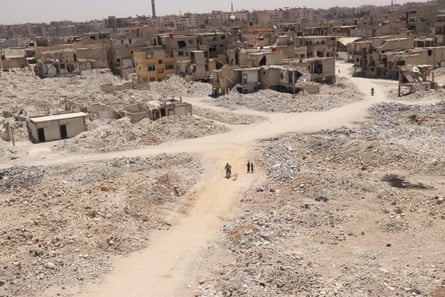
“These were the same people I used to play football with. One of them was one of my best friends, we even used to pray together,” said Moustafa. “But when I ran into him shortly after the revolution began, he asked me: ‘If we meet in battle one day, would you ever kill me?’ I answered: ‘Of course not.’ And then he said: ‘I would kill you.’”
To organise themselves, Moustafa and his friends set up an activist network named the Tadamon Coordination Committee. After a regime sniper killed an 11-year-old boy at a demonstration, the activists also began to pick up arms, and were joined by defectors from the army and police. Street-to-street fighting followed, and by early 2012, much of Tadamon was under rebel control.
The district was of key strategic importance. It is located next to crucial highways and serves as a gateway to Damascus’s southern countryside, where the rebels had become a serious force. To its west lies the Palestinian refugee camp of Yarmouk, another rebel stronghold. To prevent these fronts from linking up and halt the rebel advance from the south, the regime had to win Tadamon back. In the summer of 2012, it launched a major counteroffensive.
Moustafa said he was not a fighter at the time, but was constantly with the rebels, helping provide them with weapons and medical supplies. In one heavy battle in early August, he was standing right behind his brother Bilal when a regime sniper killed him. Moustafa buried him close to the Othman bin Affan mosque, wrapped in a flag of the Syrian revolution which Bilal, a tailor, had sewn himself.
Aside from the army, Assad also sent the shabiha into battle. From mid-2012, onwards, they were incorporated into a paramilitary force called the National Defence Force (NDF). Fadi Saqr helped set up the NDF in Tadamon and later became its commander in all of Damascus. He also joined the battlefield himself: in November 2012, he appeared in a regime propaganda video on YouTube, surrounded by soldiers and a tank firing into Tadamon’s narrow alleyways.
That same month, Moustafa was arrested. He and his friend Mohammed were on their way to Yarmouk, but ran into a checkpoint and were taken to Branch 235 of Assad’s military intelligence, one of the most notorious torture prisons in the country. “We were tortured there for eight months,” Moustafa said. “I could hear Mohammed’s screams echo through the building.”
Moustafa was released in June 2013 as part of a prisoner swap. Since Tadamon was by now under regime control, he joined rebel forces south of the neighbourhood. He would remain there until 2018, when the rebels lost their territory and withdrew to the north-western province of Idlib.
From a distance, Moustafa noticed black smoke rising above Tadamon and smelled something strange. “The men stationed on the frontline could even hear screaming and the sounds of bullets,” he said. “It didn’t make any sense to us, because the regime was in full control of that area. Only later it became clear to us that the regime was carrying out an ethnic cleansing against the Sunnis in the area.”
Many civilians fled Tadamon, but Abu Mohammed decided to stay. Though a Sunni himself, he said his job as an engineer at a public utilities company and the ID that went with it gave him relative leeway at checkpoints. In any case, he had already had his share of displacement in life. “I was seven years old when Israel invaded my home on the Golan Heights,” he said. After that experience, he refused to become a refugee again.
The neighbourhood was now ruled by a mix of NDF members, regular soldiers and members of Branch 227 of the military intelligence. Most of the NDF members, Abu Mohammed said, were the type of guys you would want to avoid even before the uprising. Some used to work as bouncers in casinos, others were drug dealers or had spent time in prison. To these men, the NDF was a route to the power they had long craved.
During these years, Abu Mohammed’s family tried to stay at home as much as possible and the children were not allowed to play outside. But one of their teenage sons would sometimes go missing all day and only come back late in the evening. One time, his mother noticed a footprint on his back, as if he had been kicked. “He told me the NDF had taken him to build a dirt wall,” his mother told me in March. “He was very scared and didn’t dare to talk about it.”

When I returned to see Abu Mohammed’s family in late May, this son was visiting his family for Eid. He is now in his early 30s and it was his first time back in Tadamon since he fled Syria in 2015 and crossed the Mediterranean in a dinghy to reach Europe. Abu Mohammed and I were talking in the living room as he entered and sat down next to his father. When I explained the topic of our conversation, the young man looked nervous, but soon joined us and began to reveal his secret. To protect his identity, he asked to be identified as Ahmed.
The paramilitaries of the NDF would take him in the morning, Ahmed said. Usually, they grabbed him at the bus stop on his way to high school. First, they would confiscate his phone and ID to make sure he couldn’t escape, take pictures or contact anyone. Then, they took him and other boys and young men they’d pulled off the streets to various parts of Tadamon and neighbouring districts, where they put them to work. Mostly, they were forced to fill sandbags at checkpoints or strip electricity cables from destroyed buildings so the copper inside could be sold. But on two occasions, the task was much more extreme.
“We were forced to burn bodies,” Ahmed said softly. He paused and looked at his father, who kept his eyes fixed on his son. Ahmed took a slow breath and went on to describe exactly what happened.
He was taken to the Othman bin Affan mosque just off Daboul Street, the one that was used as a torture facility. Outside on the street lay the bodies of at least 20 men and women. Many of them carried marks of severe beatings. “Our job,” Ahmed said, “was to take the bodies to the other side of the main street, where there were a lot of demolished buildings and rubble. There we would stack them inside an empty building, close it off, and set the place on fire. By the time I came home, I could smell the burning bodies.”
As he listened to his son, Abu Mohammed nodded, as if things were finally falling into place. But when I asked him if he knew, he shook his head. “We would go crazy looking for him on those days,” he said, somewhat apologetically. “We understood something was going on, because he was extremely stressed when he came home, as if he was about to explode. But this is the first time I’ve heard all the details.”
Ahmed looked uneasy. “I could not tell anyone,” he replied to his father. “The regime would have hurt us.” Even after escaping to Europe (he asked me not to name the country), he still didn’t dare to talk about his experiences. “People in Europe wouldn’t understand, anyway,” he said. “They helped us a lot, but to them, we are just refugees who fled some kind of war. They don’t know the details of what the regime did to Syrians.”
When Assad was toppled on 8 December 2024, Malek Moustafa was on his way home. During his six years of displacement in Idlib, he said, he had spent much time fantasising about taking revenge against the shabiha who ruined his life. Now, the moment had come. “As a victorious man I thought to myself: I will kill the first shabih I see with my bare hands,” Moustafa said.
But when he reached Tadamon the day after Assad’s fall, the opposite happened. As he walked through the bombed-out streets of his childhood, he bumped into a former regime fighter. “I first didn’t recognise him, but when I came closer, I saw it was someone who had joined the NDF from the start,” Moustafa said. “Before I could say anything, he said: Welcome, you hero, congratulations on winning the battle!”
Moustafa froze for a moment. He knew that Ahmed al-Sharaa, the rebel commander and now Syria’s president, had ordered the rebels not to take revenge against any regime forces who surrendered. As he stood there considering what to do, something happened that he never believed was possible. “He hugged me, and I hugged him back,” the activist said with a smile. “We even kissed on the cheeks. I know it sounds strange, but in that moment, I just felt all the hatred and vengeance go away. I felt peace.”
His story is no exception. By all accounts, no blood was shed in Tadamon in the wake of Assad’s fall. Former NDF members simply fled or put down their arms, and some were even seen tearing down Assad portraits. The rebels collected the former regime soldiers’ weapons, but stuck to Sharaa’s orders and refrained from revenge killings – to the surprise of many residents. “We expected them to storm our homes and slaughter us,” one 21-year-old Alawite shopkeeper named Hadi told me. “But that didn’t happen. Many people who used to be with the NDF even stayed in the neighbourhood. Nothing bad happened to them.”
Shortly after the liberation, Moustafa and a few activist friends relaunched the work of the Tadamon Coordination Committee, the activist network founded in 2011. The small one-room building in which he received me serves as their office. On the wall hung a large banner with the group’s logo, a clutched fist in the colours of the Syrian revolution flag, today Syria’s official flag. “It hasn’t changed since 2011,” Moustafa said proudly. “I think 90% of our original members have been martyred, but our group has survived.”
The activists distribute bread in the neighbourhood, run a Facebook group that is the go-to news source for many residents, and are working on a podcast series on the history and future of Tadamon. They also work closely with the local head of the new general security forces, who is an old friend from the early days of the revolution. When I visited the office, there was a pile of boxes with surveillance cameras lying on the floor which the group was about to install throughout the neighbourhood. “We are building a country now,” Moustafa said. “So we have to think with a government mentality rather than a revolution mentality.”
So far, only a handful of people have been arrested for suspected involvement in the mass atrocities in Tadamon, media reports indicate. The local head of the general security forces did not provide me with an exact figure, but acknowledged “it’s a very small number in comparison to the crimes”. Moustafa argued this is understandable in a transitional period. “To achieve justice, we need to first get rid of the chaos,” he said. “These things take time.”
But not everyone in Tadamon is so patient. Many residents find the apparent impunity of Assad’s former henchmen hard to stomach. Above all, their anger has become directed against one man: Fadi Saqr.
Instead of facing trial for his role as an NDF commander, “the Falcon” has started working with Sharaa’s government. Last February, Saqr visited the neighbourhood under security escort, reportedly to help the government negotiate with other former regime loyalists about handing over weapons. The following day, hundreds of people in Tadamon took to the streets to protest at Saqr’s appearance and hung an effigy of him from a makeshift gallows. A week later, in what seemed an attempt to assuage public outrage, the authorities arrested three men accused of involvement in atrocities in the neighbourhood.
Following the anti-Alawite massacres along the Syrian coast last March, the government established a so-called civil peace committee with the stated aim of “strengthening national unity”. Sources familiar with the committee’s activities told me Saqr has helped the government to disarm former regime affiliates, secured the release of government security personnel taken hostage along the Syrian coast, and used his contacts with former regime figures to strike deals on behalf of the new government.
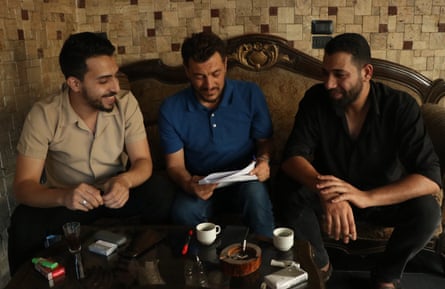
Last June, it was reported that Saqr was involved in the release of previously detained former regime officers. In response to the public outrage that followed, the government gave a press conference in which Hassan Soufan, a member of the civil peace committee, said the released officers did not commit violations against civilians and defended the committee’s collaboration with Saqr. “We understand the anger and the pain felt by the families of the martyrs and victims,” Soufan told reporters. “But in this phase of civil peace, we are sometimes forced to make decisions to avoid more violent explosions and to secure relative stability necessary for the coming stage.” Soufan hinted that the former NDF commander contributed to the liberation of Damascus by coordinating with Sharaa’s forces and he emphasised Saqr’s importance to “untangling knots, solving problems and facing dangers that the country is exposed to”. At the moment, Soufan indicated, there are no plans to prosecute Saqr or revoke his security protection.
In a statement to the New York Times straight after the press conference, Saqr himself denied responsibility for the Tadamon massacre, claiming he was appointed to lead the NDF only after the massacre seen in the April 2013 video. “If the ministry of interior had any evidence against me, I wouldn’t be working with them today,” he said. (The ministry of interior has been contacted for comment.)
In Tadamon, the press conference and Saqr’s statement have only stoked public anger. “Whenever Fadi Saqr makes an appearance, it ignites this neighbourhood,” the local general security chief Abu Abdelrahman told me in his office last August. Though he made sure not to overtly criticise the government’s dealings with the former NDF boss, he also said that even if he was formally appointed to lead the militia after the April 2013 killings, “massacres happened after Fadi Saqr took charge”.
After the relative calm in the wake of Assad’s fall, the security situation in Tadamon has deteriorated since Saqr made an appearance, Abdelrahman said. A few weeks after the press conference, a man accused of having worked as Saqr’s bodyguard was shot dead in the street, and several revenge killings against suspected former NDF members have followed. “We are in a hurry and are applying pressure on the government to punish the criminals,” he said. The longer the impunity lasts, he warned, the more difficult it becomes for him to dissuade locals from taking revenge. “Is it really natural for a person who sees his brother’s killer or sister’s rapist right in front of him not to act? He might be patient once, twice, multiple times. But in the end, he will act.”
Today in Tadamon, there are simmering conflicts between neighbours that may still erupt into violence. In a dead end street close to Abu Mohammed’s house, I met one elderly couple who told me about their apprehensions. When the war started, they said, their four sons joined the NDF “out of fear”, but they were all killed by the regime’s own forces after conflicts with their superiors. “Now we have to take care of our grandchildren,” the woman said, as some of the young children ran around the living room.
With Assad gone, the family has been receiving threats. On one occasion, a group of men stormed into the home and tore the portraits of the sons from the wall. “After that I burned all of my son’s portraits,” said the old woman, as she started to sob. “People used to be so nice to me. Before 8 December my neighbours kissed me on my forehead when they saw me. They called me the mother of the martyrs. But after 8 December, nobody talks to me.”
I told Abu Mohammed about my encounter with the woman. “The tears of a whore,” he said, bitterly. According to him and several other residents I interviewed, the old woman used to denounce her neighbours to the authorities and plundered the homes of those who got arrested or fled. “I would see her with a cart full of furniture when I left home in the morning,” said Abu Mohammed. “The family even ran a shop where they sold the booty. Nobody dared to ask where they got it from.”
What will happen to this family now? Abu Mohammed showed me a Facebook post by a friend who lost his relatives in the massacres. “Why are they still in the neighbourhood?” the man had written. “Why are the security forces protecting them? If our martyrs are not considered part of the revolution […] we must act.” To leave no doubt as to what his aim is, the man included the family’s full address in his post.

“People have vengeance in their hearts,” Abu Mohammed said as he put down his phone. “I personally still trust that President Sharaa will bring us justice, because he is one of us. But if he doesn’t, I’m sure that the men in the neighbourhood will take care of this.”
The best stories take time. From politics to philosophy, personal stories to true crime, discover a selection of the Guardian’s finest longform journalism, in one beautiful edition. In the new Guardian Long Read Magazine, you’ll find pieces on how MrBeast became the world’s biggest YouTube star, how Emmanuel Macron deals with Donald Trump, and shocking revelations at the British Museum. Order your copy today at the Guardian bookshop.

 1 hour ago
2
1 hour ago
2
